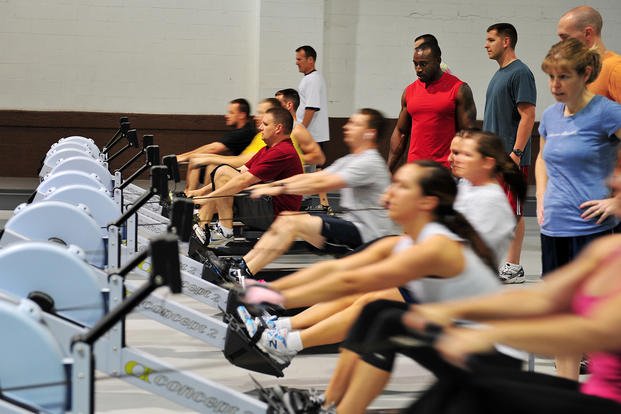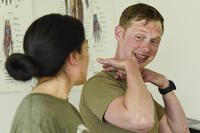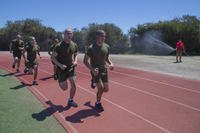As we age, our bodies demand more recovery time. I've experienced this shift, noticing a minor difference between my late 20s and 30s. Now, two decades later, I find myself wishing I was 35 again, as the need for aggressive recovery methods has increased exponentially at 55. The phrase "actively pursue recovery" is required for optimal performance and longevity.
Here is a question from an aging fitness enthusiast who is noticing the differences as he is pushing through his 30s:
Hey Stew, at what age does the natural recovery ability slow down? Thanks, Ardor
Ardor, great question. The answer will vary from person to person, but once you hit around 40, biological changes involving testosterone, body fat, VO2 max performance and maximum heart rate occur. Additionally, recovery, especially after an injury, takes longer as you age. One of my primary goals is not to get injured because of training choices; see this related article. Secondarily, adjusting your fitness routine to accommodate these changes and prioritize recovery is also part of the new training routines after 40.
Recovery is crucial for young athletes competing at the highest levels, but equally important, particularly in their 30s and beyond. The loss of the ability to recover quickly is exponential each decade we age. Significant changes are noticed after the age of 35; they emphasize the importance of aggressively pursuing recovery to avoid falling behind and experiencing the effects of overtraining or under-recovery.
True recovery is not just about rest but also includes proper nutrition, hydration, sleep and stress management to manage performance, health, wellness and longevity.
My journey through these changes has been eye-opening. I noticed a change at age 30. Leg days took another day to recover fully, and outworking poor diet choices was ineffective. But at 35, the increase in recovery time started kicking in.
The changes are exponentially different by the time you are 40 and 45. You now ignore recovery at your peril and find ways to recuperate other than the foundational needs we require, such as nutrition, sleep, hydration, flexibility/mobility and balanced training. Instead, we spend more time and money on quick fixes, which include ice baths, saunas, cleanses, grounding and other controversial methods.
As an aging tactical athlete, it's natural to start noticing changes in your body as you push through your 30s and beyond.
To answer your question, the natural recovery ability starts to slow down at some point in your 30s, but that does not mean you can't be a top-notch physical performer in your job, hobby or sport. It just takes assessing yourself through physical exams and bloodwork, acknowledging the changes and adapting your lifestyle to allow for better sleep, nutrition and smarter workouts, including rest days, mobility and flexibility sessions, and balanced split routines. Eighty percent of your effort should be focused on recovery to stay injury free and at the top of your game. Adjusting your fitness and life habits accordingly to accommodate these changes is important.
So what can you do to prioritize recovery as an aging tactical athlete? Here are a few tips to help you out:
1. Focus on nutrition: As you age, your body needs more protein and essential nutrients to support recovery. Ensure you include lean protein, healthy fats, and plenty of fruits and vegetables.
2. Hydrate, hydrate, hydrate: Proper hydration is essential for recovery. Drink enough water throughout the day, especially before and after workouts. Add electrolytes to your water when sweating profusely to aid in the absorption into the cells.
3. Manage stress: Stress can significantly impact recovery. Relax, meditate or practice yoga to manage stress and improve recovery.
4. Listen to your body: Listen to how your body feels and adjust your workouts accordingly. If you are tired or sore, permit yourself to take a rest day, mobility day or a de-load week.
By prioritizing recovery as an aging tactical athlete, you can avoid falling behind because of overtraining or under-recovery. Make it a priority to master recovery for longevity and optimal performance as you age. With the right approach, you can continue to push your limits and achieve your fitness goals well into your 50s and beyond.
Want to Learn More About Military Life?
Whether you're thinking of joining the military, looking for fitness and basic training tips, or keeping up with military life and benefits, Military.com has you covered. Subscribe to Military.com to have military news, updates and resources delivered directly to your inbox.


















